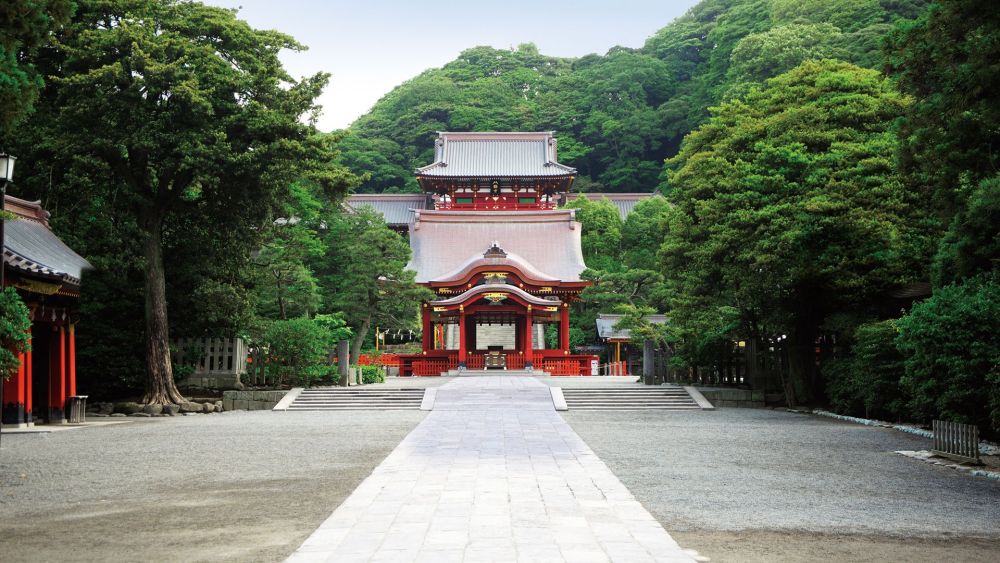

The Tsurugaoka Hachimangu Shrine is one of the most significant and symbolic Shinto shrines in Japan. Located in the city of Kamakura, which was once the political center of medieval Japan, this shrine has been a focal point for both religious pilgrimage and cultural tourism for centuries.
The shrine was founded by Minamoto no Yoriyoshi in 1063 and later expanded and moved to its current site by Minamoto no Yoritomo, the first shogun of the Kamakura government, in 1180. It was dedicated to the war god, Hachiman, who was also regarded as the protector of the Minamoto clan and thus, the samurai in general.
Tourism at the Tsurugaoga Hachimangu Shrine has evolved since the Edo period (1603-1868), when travel for leisure became popular among Japan's townspeople. Kamakura, being close to Edo (modern-day Tokyo), turned into a favorite destination for those seeking spiritual fulfillment as well as recreational outings. The shrine continued to attract a steady stream of pilgrims and tourists thanks in part to its mention in various literary works and travel accounts.
In recent times, the shrine not only serves religious purposes but also draws tourists from all over the world. Visitors come to admire its architectural splendor, the majestic torii gates, serene ponds, lush gardens, and to experience traditional events such as the New Year’s celebrations and the annual Yabusame Festival (horseback archery).
With the rise of digital media, the shrine has become part of the digital tourism trend. Visitors often share their experiences on social media, enhancing its popularity and cultural significance. In addition, there is a growing interest in sustainable tourism, with efforts being made to preserve the shrine and its environment for future generations.
When planning a visit to the Shrine, tourists can anticipate being immersed in the rich history and cultural legacy of Kamakura's past. The shrine remains open throughout the year, and there is no admission fee, making it an accessible and valuable experience for all.
In recognizing the importance of the Tsurugaoka Hachimangu Shrine to Japan's cultural history, ongoing preservation efforts are crucial. These involve restoration projects, community engagement, and promoting awareness about the shrine's significance.
The Tsurugaoka Hachimangu Shrine continues to embody the historical and cultural soul of Kamakura, enriching the lives of visitors with its time-honored traditions and spiritual atmosphere. Its blend of beauty, history, and culture ensures that it remains a must-visit destination in Japan’s tourism landscape.